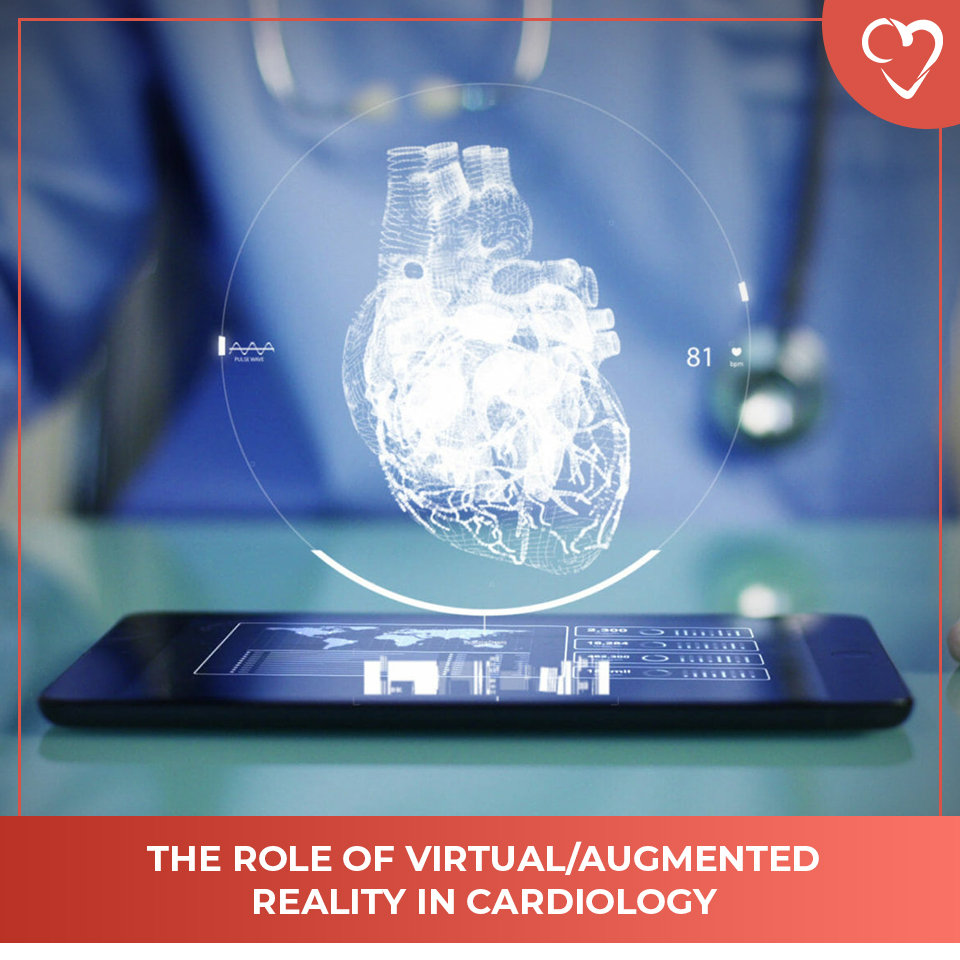
Over the last few years, Virtual Reality (VR) and Augmented Reality (AR) have been increasingly integrated into the healthcare setting. The Virtual Reality Society defines VR as “the term used to describe a three-dimensional, computer generated environment which can be explored and interacted with by a person.” The user becomes completely immersed in this environment. This technology is now being utilized for clinical training, patient education, advanced visualization of medical imaging, procedural guidance, and much more. According to the American College of Cardiology, “advances in this technology allow patients and family members to better understand their cardiac conditions, helping them to make more informed decisions surrounding their medical care.”
Below are some examples of how VR/AR are being used in cardiology today:
- This study evaluates the effectiveness of VR therapy in the treatment of depression and anxiety symptoms in patients undergoing second stage of cardiac rehabilitation.